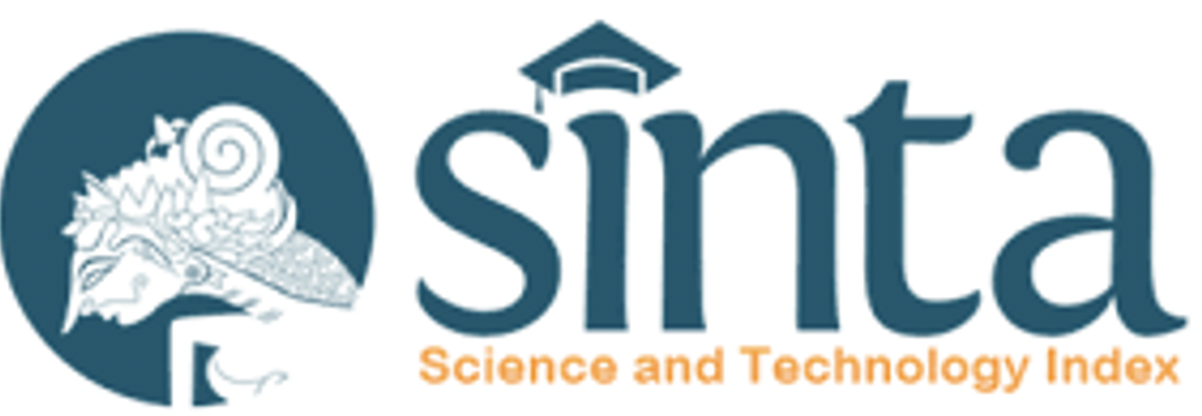Pengaruh Metode Project Based Learning (PjBL) dan Minat Belajar Siswa Terhadap Efektifitas dan Daya Tarik Pembelajaran Muatan IPS di Sekolah Dasar
DOI:
https://doi.org/10.21067/jppi.v17i1.8927Keywords:
Project Based-Learning Method, learning interest, learning attractiveness, learning effectivenessAbstract
The purpose of this study was to analyze the effect of using project-based learning methods and students' learning interests on the effectiveness and attractiveness of learning. The research was conducted using a quasi-experimental method. The experimental design used was the Nonequivalent Control Group Design. The experimental group was taught using the PjBL method, while the control group was taught using the conventional method. The test subjects were grade 5 students, SDN Laantulajaya1 Morowali as the experimental group and grade 5 students at SDN Laantulajaya 2 as the control group. Treatment was given as many as 8 face-to-face lessons. Data analysis used the Manova test. The results of data processing with Manova obtained the following results: (1) In the Method line, the sig value of the dependent variable student learning attractiveness was 0.000 (<0.05). The sig value < 0.05 means that the application of the learning method affects the attractiveness of student learning. Whereas in the method line with the dependent variable social studies learning outcomes, the value is sig. = 0.000. sig. value 0.000 <0.05, means that the use of learning methods affects the social studies learning outcomes of students. In the interest in learning line with the dependent variable learning attractiveness, the value of F = 4,860 is obtained with Sig = 0.031, while in the interest in learning line with the dependent variable, social studies learning outcomes are obtained with a value of F = 4,838 with sig. = 0.031. Significance value of 0.031 <0.05 means that students' learning interest influences learning attractiveness or it can be stated that students' learning interest influences learning attractiveness and learning outcomes (learning effectiveness). Conclusion: The use of learning methods and students' learning interests jointly affect attractiveness learning and learning effectiveness.
References
The purpose of this study was to analyze the effect of using project-based learning methods and students' learning interests on the effectiveness and attractiveness of learning. The research was conducted using a quasi-experimental method. The experimental design used was the Nonequivalent Control Group Design. The experimental group was taught using the PjBL method, while the control group was taught using the conventional method. The test subjects were grade 5 students, SDN Laantulajaya1 Morowali as the experimental group and grade 5 students at SDN Laantulajaya 2 as the control group. Treatment was given as many as 8 face-to-face lessons. Data analysis used the Manova test. The results of data processing with Manova obtained the following results: (1) In the Method line, the sig value of the dependent variable student learning attractiveness was 0.000 (<0.05). The sig value < 0.05 means that the application of the learning method affects the attractiveness of student learning. Whereas in the method line with the dependent variable social studies learning outcomes, the value is sig. = 0.000. sig. value 0.000 <0.05, means that the use of learning methods affects the social studies learning outcomes of students. In the interest in learning line with the dependent variable learning attractiveness, the value of F = 4,860 is obtained with Sig = 0.031, while in the interest in learning line with the dependent variable, social studies learning outcomes are obtained with a value of F = 4,838 with sig. = 0.031. Significance value of 0.031 <0.05 means that students' learning interest influences learning attractiveness or it can be stated that students' learning interest influences learning attractiveness and learning outcomes (learning effectiveness). Conclusion: The use of learning methods and students' learning interests jointly affect attractiveness learning and learning effectiveness.












